search
date/time
 | Lancashire Times A Voice of the Free Press |
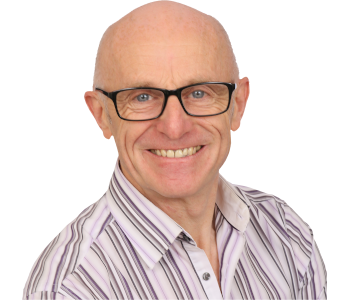
Phil Hopkins
Commissioning Editor
@philhopkinsuk
12:00 AM 23rd August 2025
travel
Vienna’s Macabre Charm & Dalliance With Death!
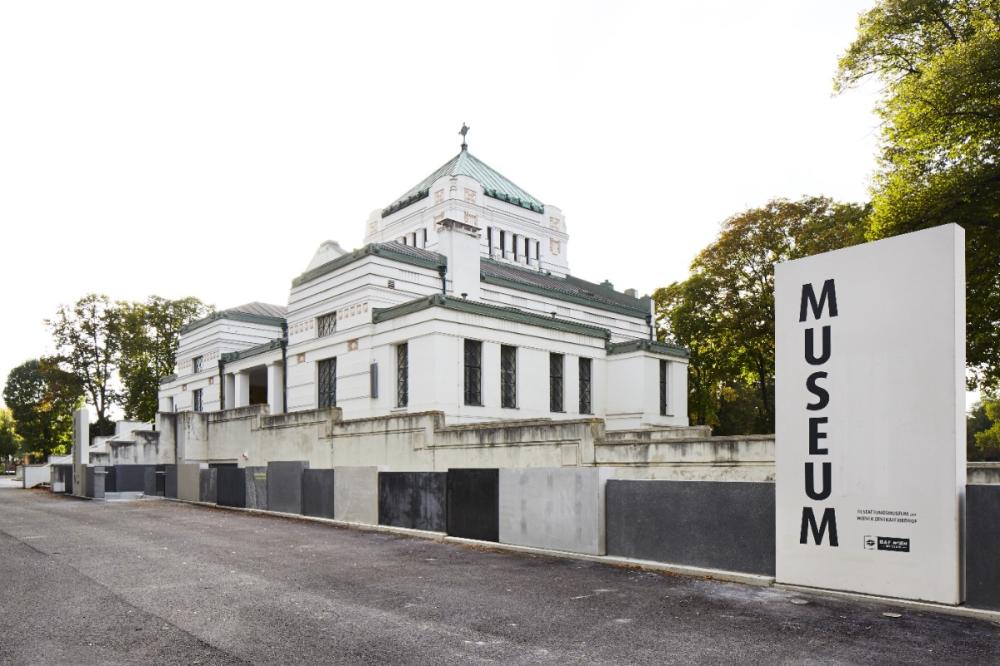
Vienna Central Cemetery's Museum
Large city graveyards tell their own fascinating story and the Russian capital’s, just a short Metro ride from Red Square and the Kremlin, not only tells its own tale, but also archives the lives of people like composer Shostakovich, politician Boris Yeltsin and Nikolai Flight of the Bumblebee Rimsky-Korsakov.
So, when the opportunity to emulate my 1985 visit to the former Soviet Union presented itself, only this time my focus would be on Vienna’s Central Cemetery, it took me all of 10 seconds to board public transport for a 60-minute journey to the outskirts of Austria’s stunning capital.
Cemetery PR officer, Bernhard Salzer, was there to greet me and, before long, we were wending our way between some of the thousands of fascinating gravestones that seemingly go on for ever.
.jpg)
Roll over Beethoven!
A Chinese woman, carrying a huge bunch of yellow roses, passed in front of us, placing flowers on different graves as she went.
“There’s Beethoven,” said Bernard, nodding to his left, “and Strauss and Brahms but, sadly, this is merely a memorial to Mozart,” he added, pointing forward. It transpired that Austria’s greatest son wasn’t even buried in the cemetery.
“It will take you a 10-minute taxi drive to get to his final resting place,” added my host, “however, I would still not be able to say where Wolfgang Amadeus is: I could at best, give you an approximation because he is buried in a mass grave.” For me, it was a shocking – and fascinating – moment.
.jpg)
Cartoonist Manfred Deix
But, at that moment, I was contemplating my mortality in the company of trained historian and PR man, Bernard, not quite the grim reaper but certainly an individual with a fascinating take on all things not of this world!
The vast, sprawling necropolis that is Vienna Central Cemetery, is almost a city in itself, not only a testament to the lives of those who shaped Vienna's history and culture, but a highlight for any classical music enthusiast or simply people hunting down the final resting places of Austria’s rich and famous, including no less than biting cartoonist and caricaturist Manfred Deix.
Adjacent to the graves is a grand restaurant where you can dine in the afternoon sun, but probably of greater macabre interest is the Funeral Museum.
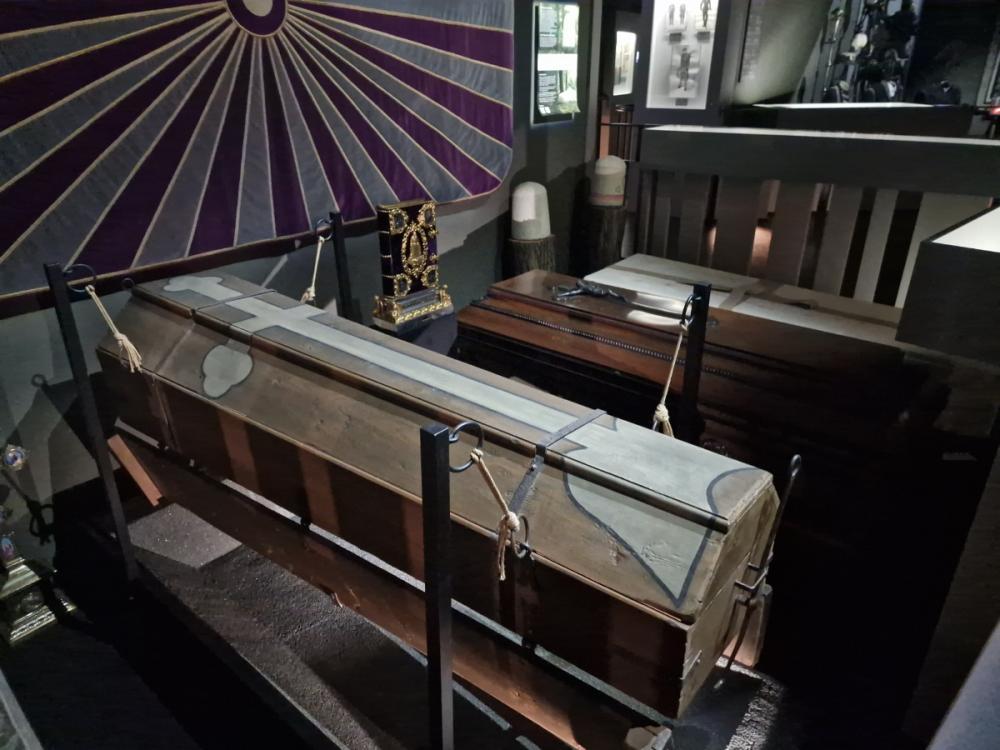
Saving on wood - the trapdoor coffin!

Families can still request death masks
Here, visitors learn about Viennese burial rituals and customs and, among the items on display, there is a re-usable coffin with a trap door, mourning garments and even coffin ‘bells’ that ensured those buried alive, still had a means of contacting relatives above ground! You can even place your order for a death mask!
The Karl Lueger Memorial Church, an impressive structure used occasionally for state or ‘personality’ burial services, is almost Vatican-like in its stunning design: hardly a ‘funeral chapel’ but, like the many fascinating graves, adding still further to the cemetery’s grand scale.
.jpg)
Inside the stunning Karl Lueger Memorial Church at Vienna Central Cemetery
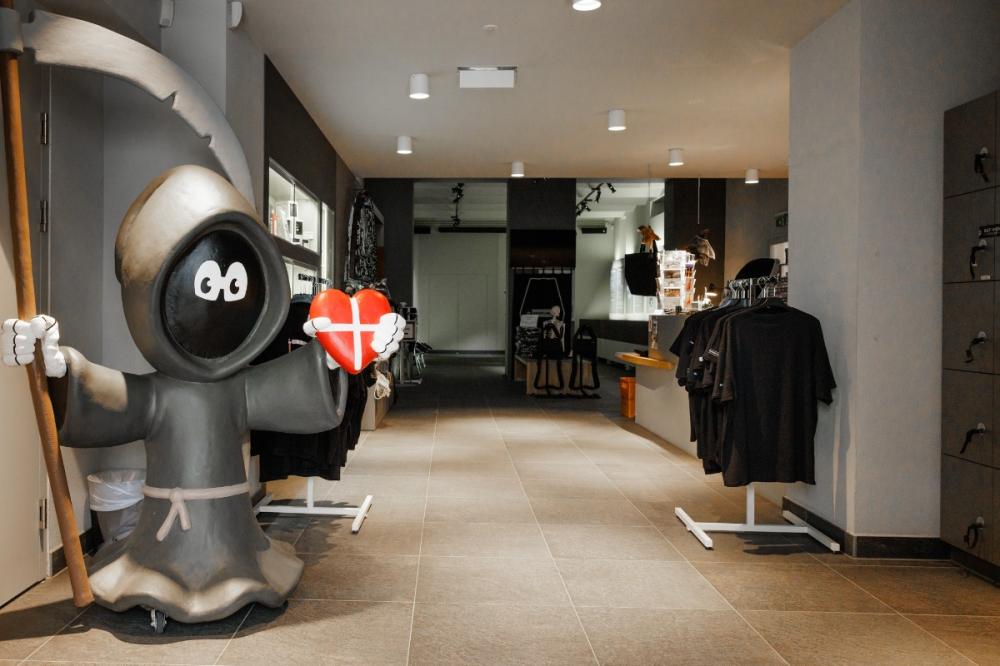
Death, be not proud...
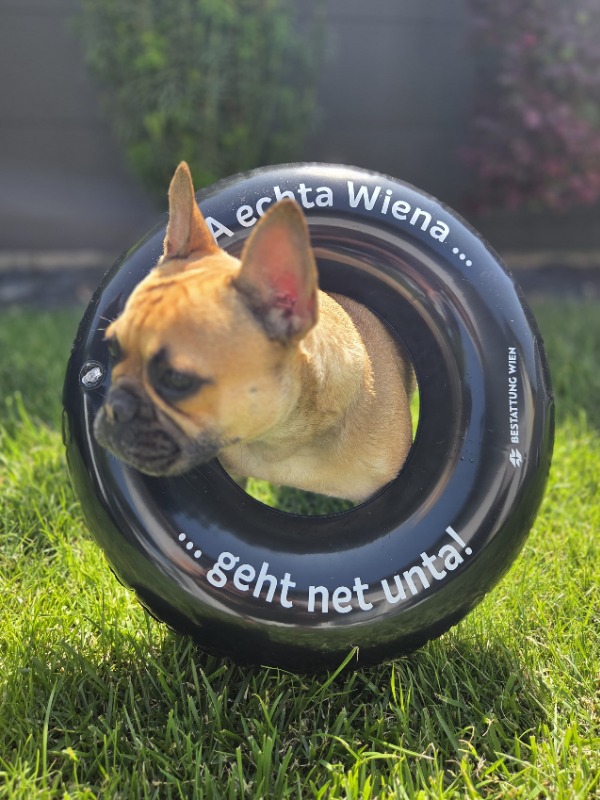
Photos: Harald Lachner
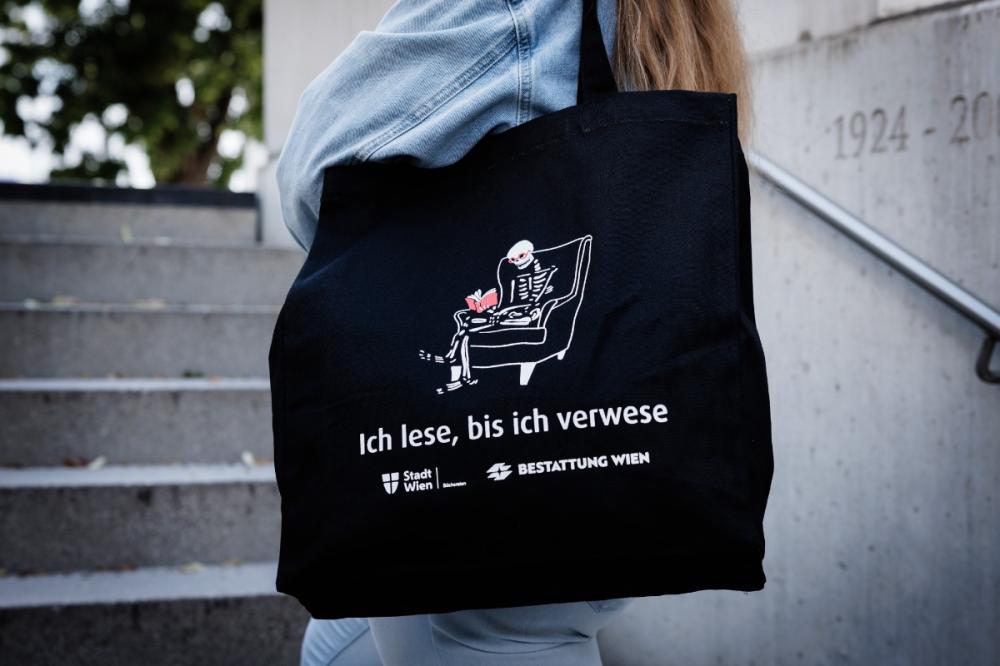
...though some have called thee Mighty
It is a city not only synonymous with imperial grandeur and classical music, but also a place of hidden corners and quirky delights.
One of the first stops was the Sigmund Freud Museum. Located in his former home and office, the museum provides a fascinating, and at times sombre, look into the controversial life of the father of psychoanalysis.

One of the rooms at the Sigmund Freud Museum
However, no visit to Vienna would be complete without indulging in its culinary offerings: there are dozens of stunning restaurants including Vollpension, or 'Grannies Living Room,' on Schleifmuhlgasse, a must-visit café run by a collective of baking grandmas.
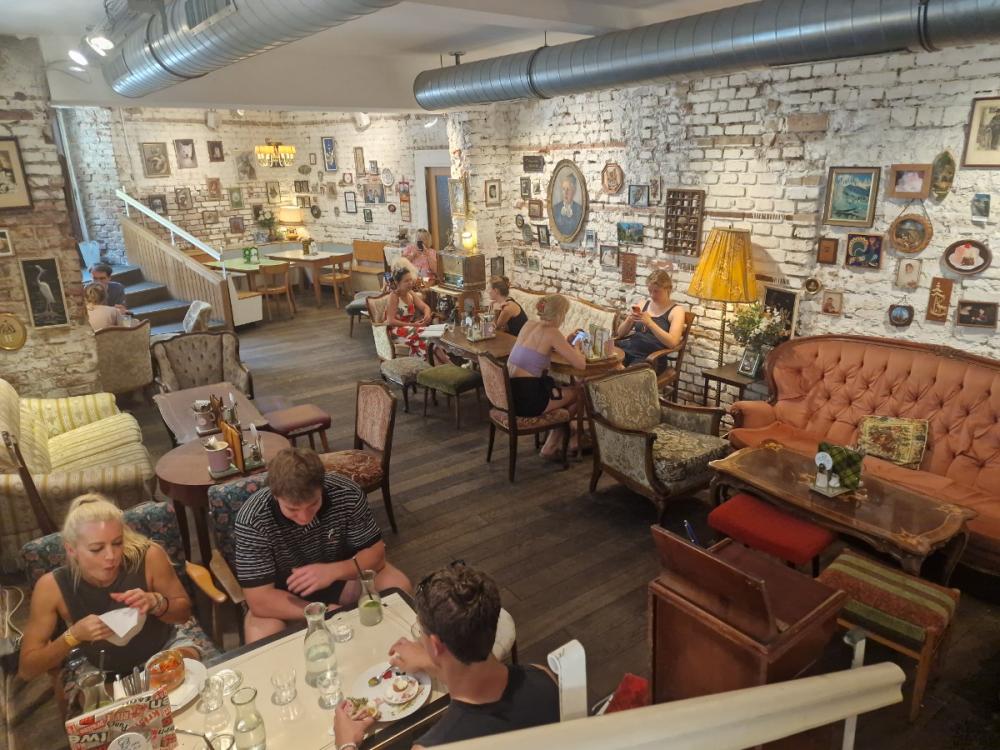
Choose your granny at Vollpension!
But it’s not all about posh fare.
A must-try is the famous Bitzinger Sausage Stand, Vienna’s take on fast food and, whilst you can still get your McDonald’s or KFC, why would you when this meaty alternative – which feels and tastes so much better than a Big Mac - is on hand and heavily patronised by locals!
.jpg)
Bangers...
.jpg)
...at Bitzinger!
For a deeper dive into Vienna’s cultural soul, the Third Man Museum, curated by Gerhard Strassgschwandtner, is an absolute gem. Based on the film of the same name, the museum charts director, Carol Reed’s Oscar winning movie, from its humble beginnings to its end as one of the greatest black and white films ever made.

The Third Man Museum
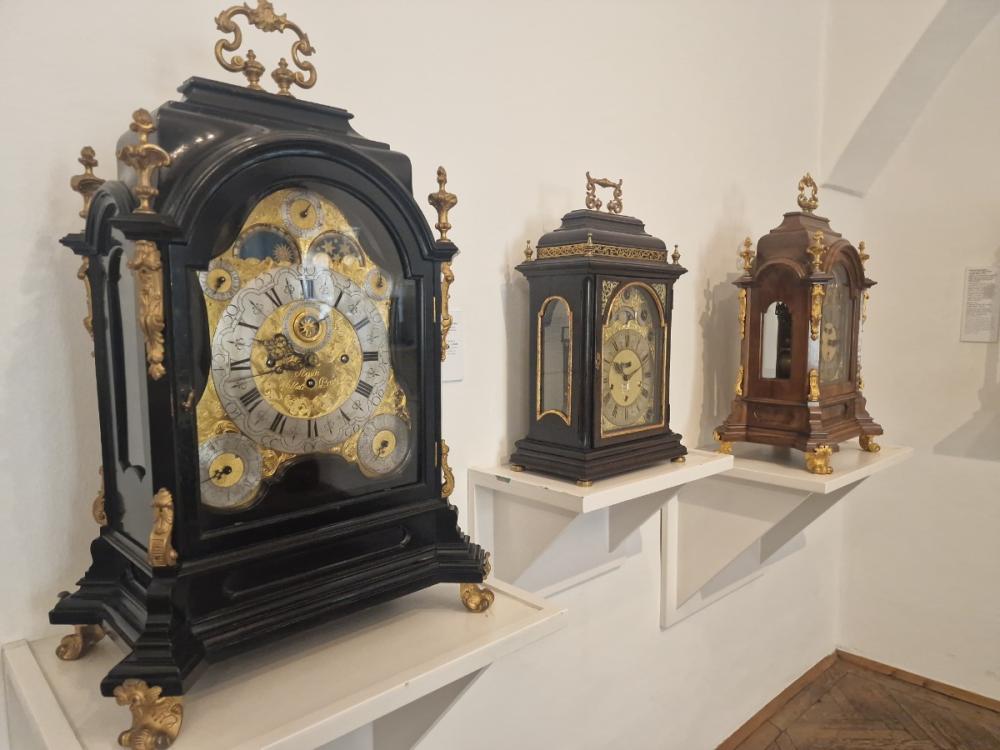
From intricate pocket watches to elaborate standing clocks, it is a testament to human ingenuity and the enduring quest to measure time.
Nearby, the newly restored Parliament building, a shining example of Viennese architectural splendour, instantly commands your attention.
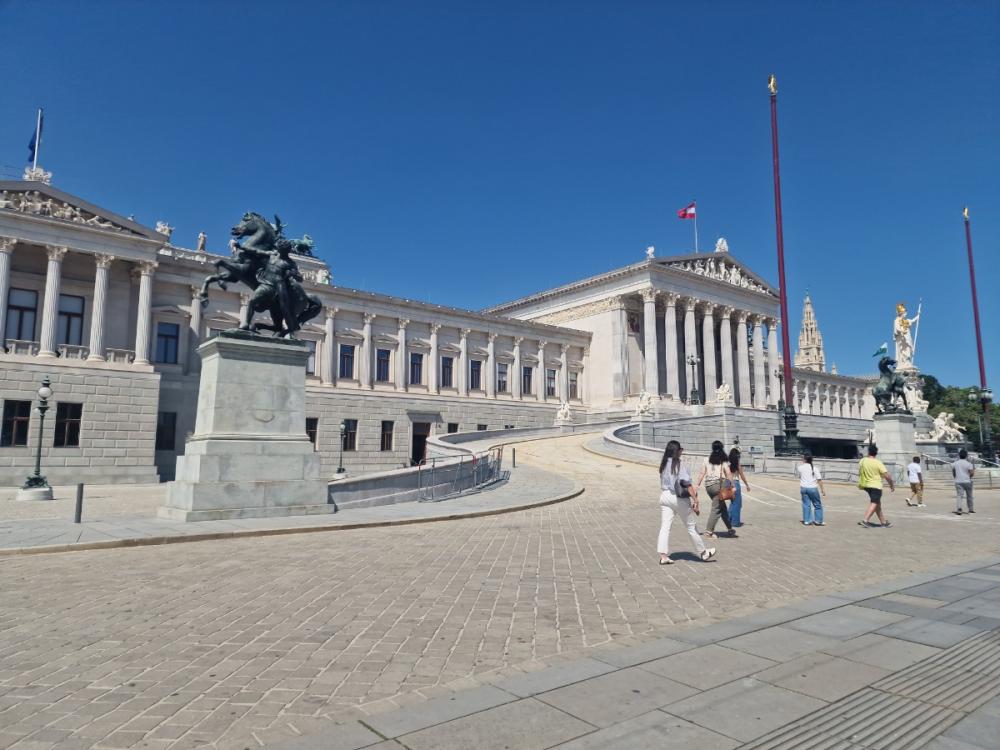
The recently refurbished Parliament building
Hollywood great Orson Welles did much to promote Vienna when he went head-to-head with Joseph Cotton in the 1949 movie The Third Man and, despite it highlighting the carnage of life in post WWII Vienna, many also remember the film for its depiction of the city’s iconic Ferris wheel.
You can still see it in the Prater amusement park, where you can also indulge in a dose of nostalgia or card shark fun at Magic World of Vienna.
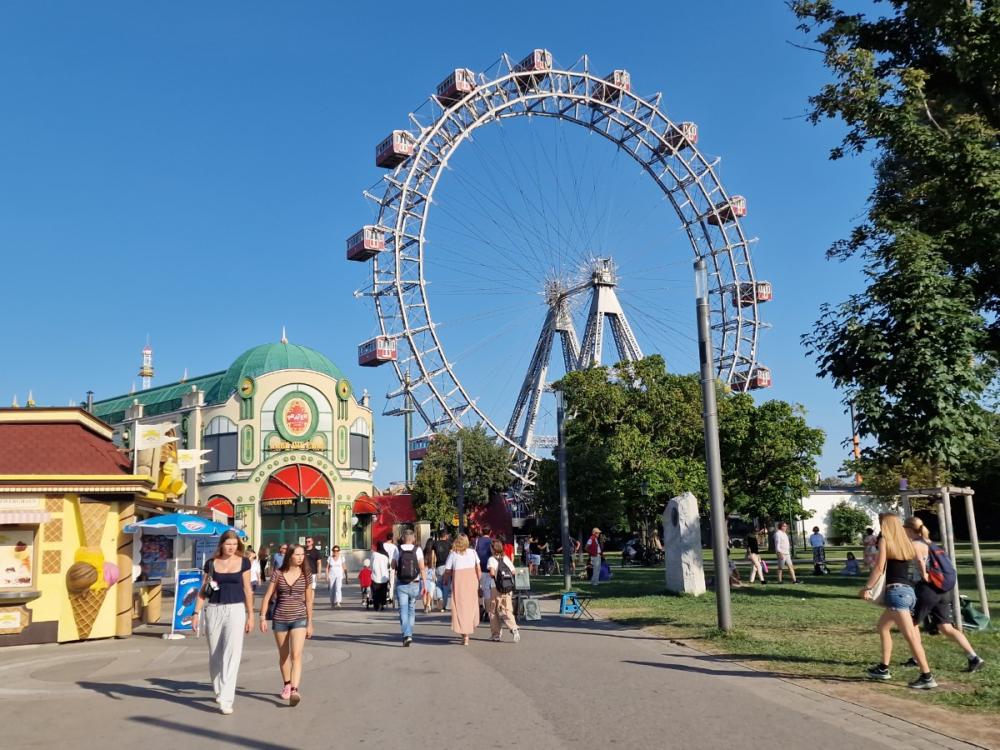
Vienna's iconic Ferris Wheel
Not just about cinema, it also features a 'Gastro Mile' where visitors can sample international foods, turning the square into a global culinary marketplace.
I had the opportunity to watch the Vienna State Opera on the big screen, in Strauss’ Die Fledermaus, later finishing the evening with a stroll to the Museums Quarter, home to the weekly Monday Listening Club, where music lovers gather to share and discuss their favourite tunes.
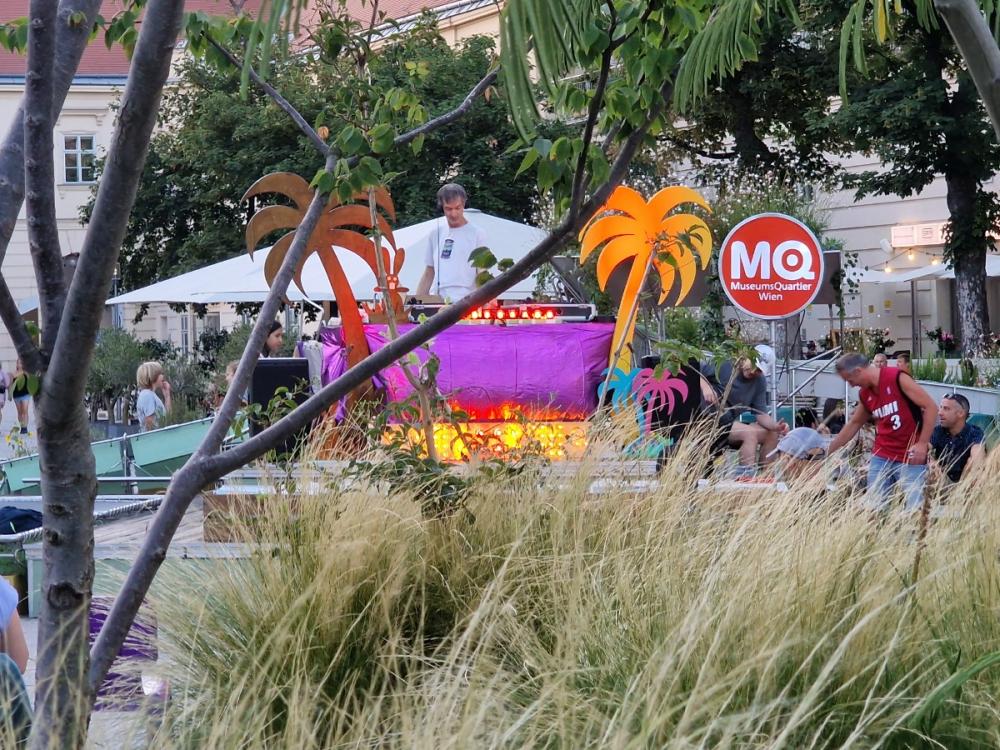
The serenity of the Museums Quarter
.jpg)
Glacis Beisl Restaurant..
.jpg)
... for traditional Viennese fare
.jpg)
...or coffee at Café Eiles
Milos Forman’s 1984 film Amadeus, left a lasting impression on me of Vienna, and, in a good way, I am thrilled to have returned and paid homage to his classical colleagues Beethoven, Strauss and Brahms.
However, when you are next in Vienna, listen out for one of those ‘bells for the dead’ lest Mozart be trying to signal from his anonymous grave. We might find him yet!
Vienna Tourism – www.wien.info
Travel
Leeds to Manchester Airport – www.tpexpress.co.uk
Flight – Ryanair – www.ryanair.com
Vienna City Card – www.viennacitycard.at
I got a 72-hour card. Comes with all access travel (except CAT Airport Train). Widely discounted attractions / eateries.